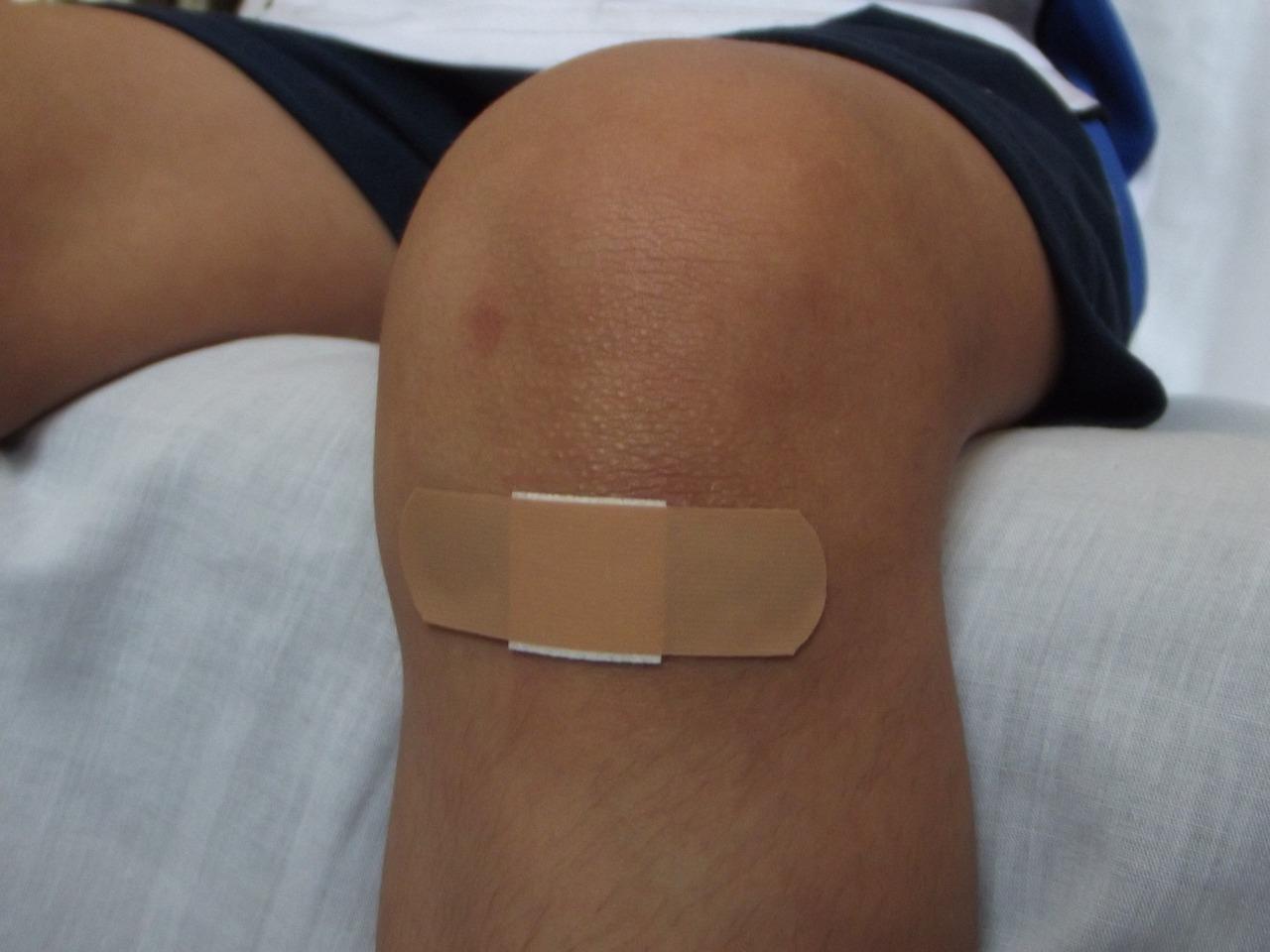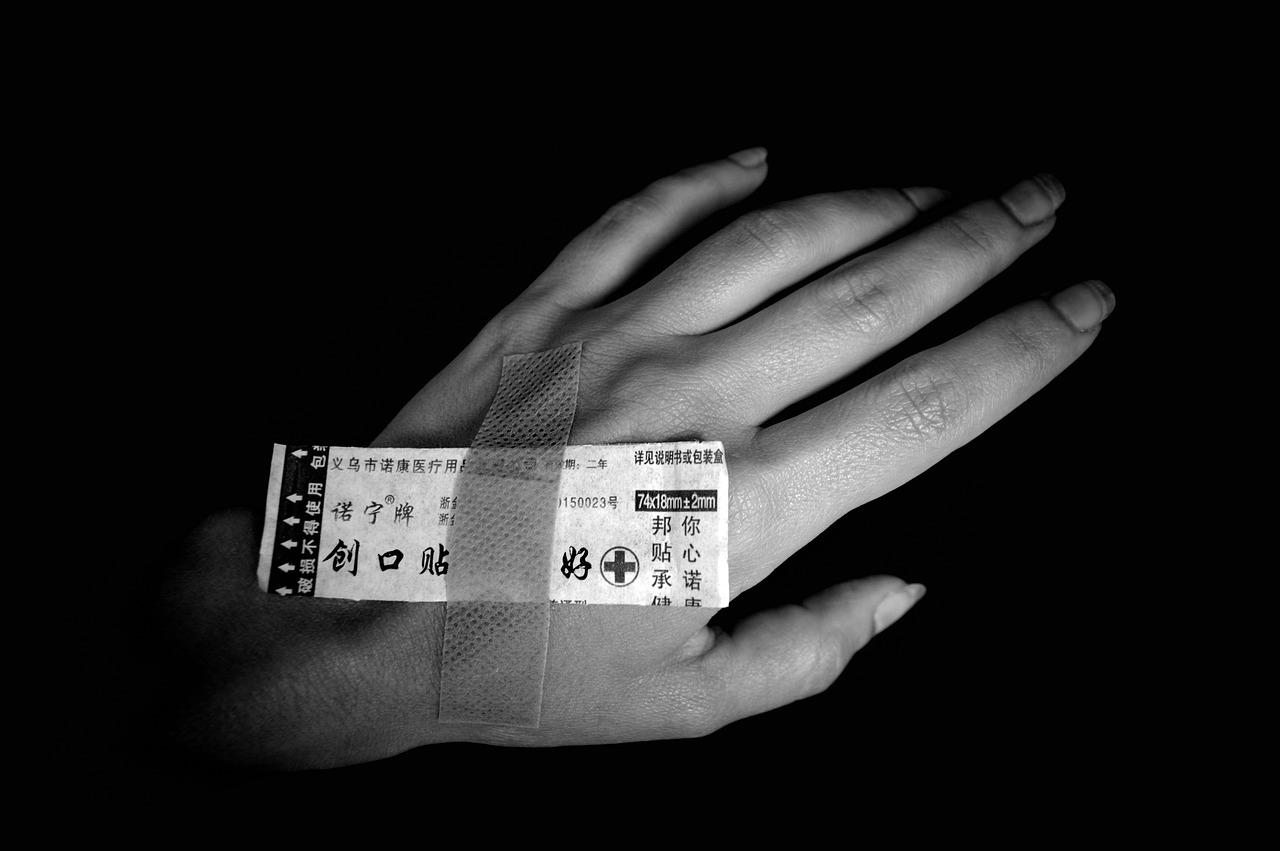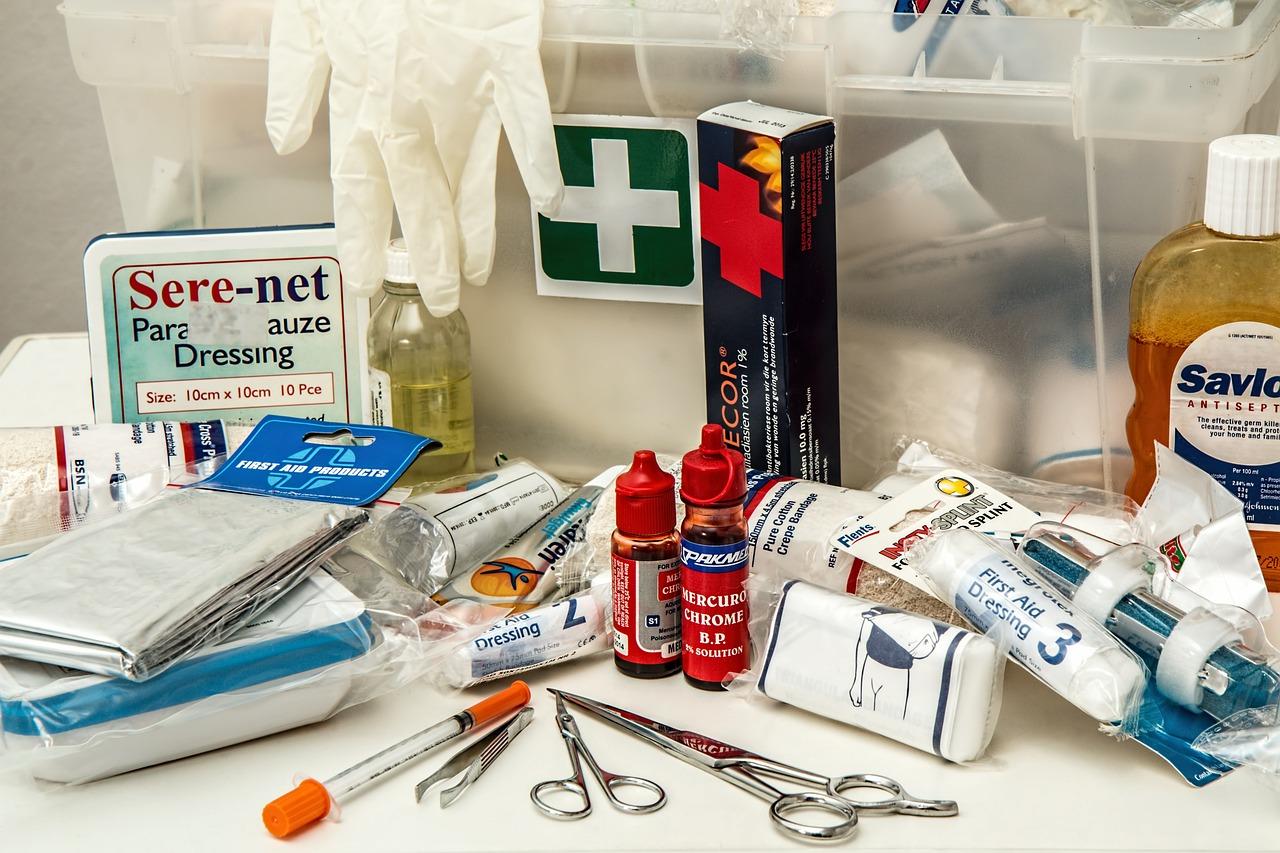Modern healthcare is an endlessly complex and advanced field, with many aspects that are all constantly evolving in both responsive and preventative fields.
There are new ways of preventing illness, infection, and so forth being endlessly explored and developed, but for all the good that this is doing, sometimes healthcare has a much more simple task on its hands: a thing stabbing someone.
Of course, wounds are actually a much more multifaceted than just “getting stabbed”, but that communicates the idea. Wounds, and by extension wound management, have been a thing ever since creatures were capable of sustaining injury, which obviously means they have been causing problems since day one.
What has changed however, and without a doubt changed more than anything else in the last century or so, is the way we are able to respond to wounds.
Wound care today is more advanced than it has ever been, thanks to an ever-increasing understanding of the human body and an ever advancing technological field.
The result is that wound healing times are down while healing techniques continue to advance relentlessly.


How does the wound management NHS provides work?
In the UK, the premier responder to the majority of medical emergencies is the NHS, be that through their guidelines and teachings to the general public, or their actual direct responses.
This naturally extends to wound care, with surgical wound care NHS provides to UK citizens being one of the first ports of call for any significant injury.
However, it is not always necessary or indeed possible for actual clinical surgical wound care to be used on all wounds, and as such there are several alternatives available that can be opted for. One such example is to have someone with medical training carry out the 5 principles of wound management.
What are the 5 principles of wound management?
Wound management NHS administered or otherwise can be broken down into 5 key elements for the most part, which are as follows:
- Assessment of the wound
- Cleaning of the wound
- Selection of appropriate wound dressing
- Regular dressing change
- Antibiotic use
These 5 elements are really just the basic points that you would need to cover in the treatment of a wound.
There are of course many more complexities to wound healing dressings such as the variety, for instance an iodine wound dressing might be appropriate for certain patients and wounds, but not others.
These wound management guidelines are really just that, guidelines to make sure all elements of proper care for a wound are covered.
What are the 4 stages of wound healing?
There are 4 stages of wound healing the NHS and other organisations identify as the process from wound infliction to full recovery. These stages are pretty universal in their presence, from specialised wounds such as c section wound healing to regular everyday wounds. They are as follows:
- Haemostasis (blood clotting)
- Inflammation (preventing infection)
- Proliferation (rebuilding)
- Maturation (strengthening)
These stages are all naturally occurring given enough time and due care, but specific processes can speed up the process and improve overall quality and rate of healing. Use of wound healing dressing or wound healing gel, for example, can reduce wound care time significantly.
What is the first stage of the healing process?
The first step of the wound healing process is haemostasis, or blood clotting. This is basically the body’s emergency response to a wound, and is primarily there to stop the body losing blood.
The most immediately dangerous part of any injury, aside from infection, is the loss of too much blood, and blood clotting is there to prevent that.
Generally this process is carried out very well automatically by the body without external aid, but certain medicines such as some blood thinners can cause problems with this.

How has the national wound care strategy evolved with modern technology?
Of course, all of what we have just talked about make up the important fundamentals, but the fascinating parts are all the things that modern science and medicine have come up with thanks to advancing technology in the chronic wound healing field.
Advancements such as private red light therapy devices UK wide being available for purchase are exactly the kind of things that are making modern wound care not only more effective but more accessible and practical as well.
Companies and initiatives such as the Precision Health Technologies Accelerator and Bio-Techne UK are all at the constant forefront of this push for advancements, since ultimately medicine is a field that not only can be profitable, but is generally regarded as one of the most significant when advancements are made.
Necessity breeds innovation, and short of the defence industry during wartime, the medical industry tends to be one where necessity is at its highest.
What is innovation in health care?
Simply put, although it may seem a strange question, innovation in healthcare is simply the idea of taking a problem that is currently not solved optimally in the industry, and finding a better way to solve it.
The natural follow-up question to this is why is innovation in healthcare so important, to which the answer is even more simple. The more innovation and advancements are made, the more people can survive increasingly complex and difficult scenarios with minimal impact on their lives.
Two hundred years ago, someone losing a leg would be a borderline death sentence, but thanks to advancements in medical care and prosthetics technology, it’s now an extremely liveable misfortune that can be at most an inconvenience, and often times rarely even that much.
When does an acute wound become a chronic wound?
There’s no exact science to defining an acute wound or a chronic wound, but we are pretty close. Generally speaking, a chronic wound starts out as an acute wound, and is reclassified as chronic when it no longer follows the natural healing as would be expected from the 4 stages of wound healing.
In general, this is easiest identified by if the wound has failed to heal within 4 weeks of being treated initially. This is therefore often accompanied by a more serious look into why this is the case.
If your wound was treated properly and has still become chronic, there may be something more serious that needs investigation with it, or perhaps the initial treatment was insufficiently effective.

How should you approach wound management in order to be effective?
Simply put, it’s all about care and experience. When taken care of properly by a professional, most wounds are reasonably unproblematic, no matter how dramatic they may seem at the time.
After all, that’s why doctors and surgeons attend medical school and receive rigorous training, and are then held in such high professional regard, and by extension to such high standards.
Wound care when carried out by a professional can be straightforward, simple, and relatively risk-free, so long as the 5 key principles are adhered to.
A wound that is cleaned and disinfected properly, and has the appropriate measures taken in terms of applying pressure and generally dressing the wound area, is extremely unlikely to cause long term problems.
On the flip side of this, however, a wound that is not properly taken care of can be much more problematic. That is why, in general, it is advised that for a more severe wound, professional or trained aid should always be sought out.
However, for smaller wounds where this is not the case or is simply not practical, the standard correct procedure is as outlined, and can be boiled down to: cleaning the wound properly with disinfectant, and then applying proper dressing with the appropriate pressure to aid the recovery process.
Reasonably straightforward, but absolutely vital it be carried out correctly, to avoid further problems arising from not exercising due care.
My wound is itchy, what do I do?
Anything except touch it! A wound being itchy can be quite normal during the recovery process, even if it feels unnatural.
However, touching the wound with your hand is not a natural part of the healing process, and comes with the added bonus of applying any and everything your hands have come into contact with directly to the wound, which could quite likely infect it.
This is the absolute worst possible thing that can happen!
If you feel the need to touch your wound for whatever reason, and you’ve already exhausted every single possible option that involves not touching your wound, then you should only touch it with disinfectant wipes of some sort, so as to prevent yourself applying anything nasty to the wound unintentionally.

Wound care is one of the strange aspects of medicine that is both a precision exact science as well as a simple game of estimations. As such, it is one of the fields where the best solutions and advancements are sporadic.
Sometimes little more than advancements on the tried and true “wipe it and apply pressure” theory that’s been the backbone of wound care since before wound care had a name that sounds anywhere as near as professional as wound care.
It’s a very interesting field, with medical technology jobs being highly sought after among medical students, and as long as people keep finding ways to injure themselves, it isn’t a field that’s going to disappear any time soon.
If you are interested in this article, we have other pieces on the UK's healthcare and many other subjects in our Superprof blog. Until we see you again!















